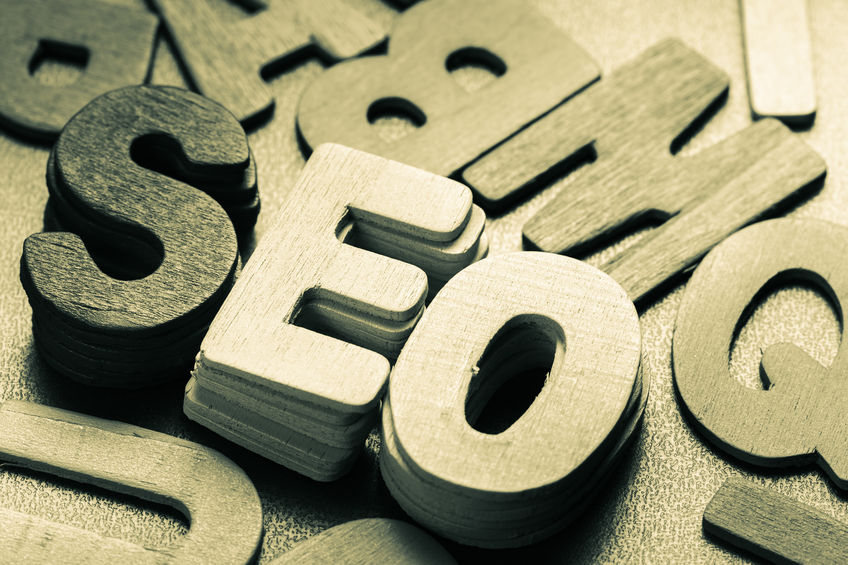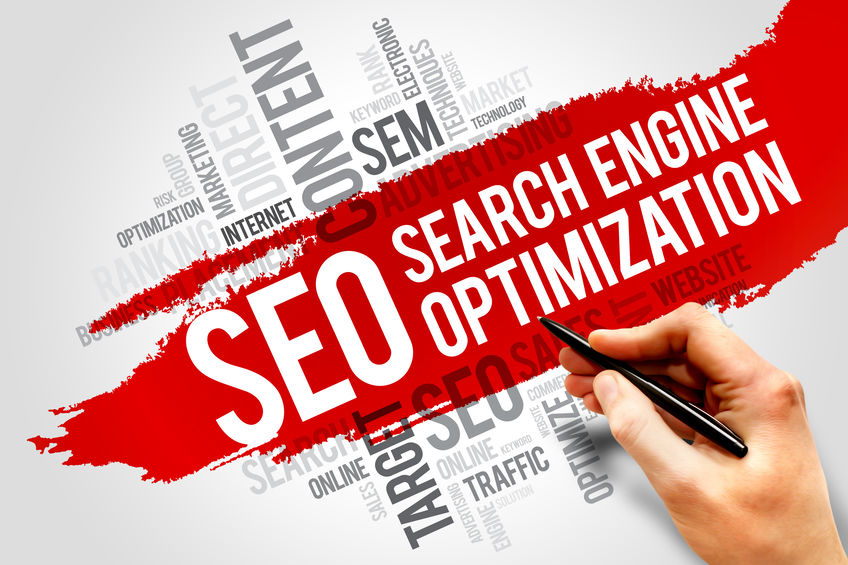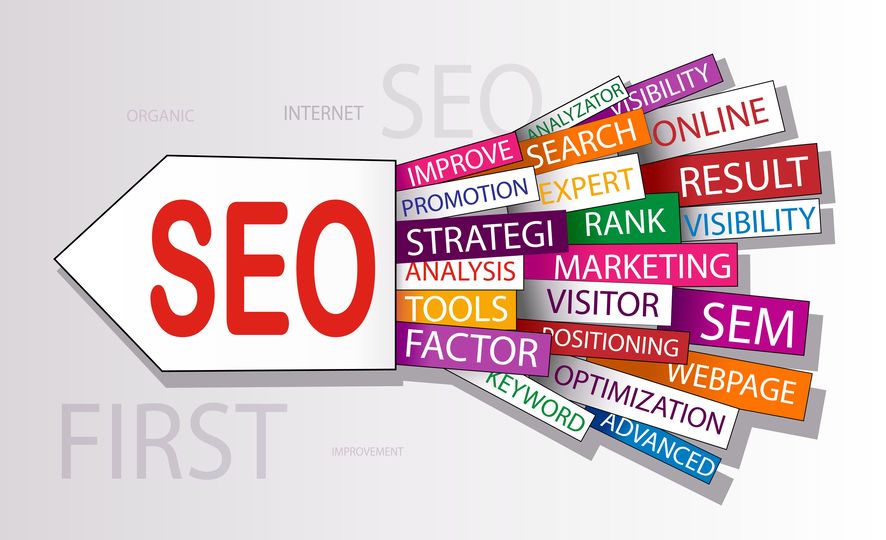Search engines are central to our daily lives. Whether we’re fact checking, looking for a location or researching the best product reviews, often they are our first point of contact. As such, search engines are fast becoming the preferred mode of delivering information to consumers of all types and ages. In fact, only 29% of people want to talk to a salesperson to learn more about a product, while 62% will consult a search engine. That’s why as marketers, we need to harness the power of search engines and boost our knowledge and understanding of SEO terms and their significance.
SEO Terms
- SEO – Search Engine Optimization. The main show, search engine optimization refers to the practice of optimizing your website and content for search engine results. The goal is to improve your site’s rankings in popular search engines with keywords and terms that are related to the product, service and expertise of your company.
- SERP – Search Engine Results Page. The webpage of results displayed when you search a keyword or phrase in a search engine such as Google. This page is generally organized based on popularity and relevancy of content.
- Organic Search. The act of searching for results via keywords with a search engine. Organic search results are different than paid-for results which are purchased ads via programs such as AdWords, BingAds or Facebook paid ads. SEO optimizes for organic search results.
- Bot/Crawler. The program that systematically browses the web in order to create an index of data. A crawler moves from webpage to webpage via link following. It reviews and analyzes site content as it moves to properly organize/index the content. Crawlers imitate the way a reader may consume information. They consider the length of time spent on the website as well as user engagement.
- Index. The place where all of the data collected via crawlers is stored, organized and analyzed. In order to show up in a search engine, a webpage must be indexed.
- Algorithm. The technique/process used to determine ranking and relevancy of content in respect to other search results. The bot indexes and analyzes the content so the algorithm can establish a ranking score.
- Crawlability. The ability of the search engine bot and therefore the potential user to continue crawling your website. Many factors impact crawlability such as number of links, expandable content, age of content and more.
- Click-through Rate. Ratio of users who click on a specific link to the number of total users who view a page.
- Bounce Rate. The percentage of visitors to a particular website who navigate away from the site after viewing only one page.
- Evergreen Content. Content that remains relevant, useful and search-optimized for a long time. Different from news content, which focuses on trends, announcements and time sensitive material, evergreen content focuses on valuable expertise that’s built to last. Examples include how-to articles, product reviews, list-based blogs, essential guides, FAQs, instructional e-books and white papers. Evergreen content boosts SEO by compounding over time.
- Keywords. The words and phrases that make it possible for a page to be found by search engines. It’s important to understand your target market and the expertise they’re searching for to optimize your website with essential keywords. Other concepts to consider are keyword stuffing (the act of filling a page with many relevant keywords) and keyword density (the ratio of relevant keywords to the remaining text). Due to regular changes to search engine algorithms to increase quality of results and reduce loopholes, keywords have come less central, and now work hand-in-hand with crawlability.
- Link Building. The longer a crawler stays on your website, the more content can be analyzed and indexed, and therefore the more likely your website will show up in search engine results. Link building is a great way to keep both a crawler and a potential customer browsing your website. There are many methods to link building, such as creating topic clusters, textual links within content, suggested material, and guest content. Ensure old content is linked to and broken links are removed to guarantee views continue to compound over time.
- Anchor Text. The text visible within content that acts as a link for readers. For example, if we wanted to link to last week’s blog, the words “last week’s blog” are the anchor text. Correlating your anchor text with relevant links and keywords can greatly maximize SEO.
- Backlinks. These links are utilized on someone else’s website to link back to your own content. Building a variety of backlinks with other relevant companies, publications and content creators is a highly effective way to boost SEO and make your website more likely to be found by new users and crawlers alike.
- Pogo-sticking. Pogo-sticking occurs when a user performs a search, clicks on a result, and quickly clicks back to the search result page in order to click on a different result. This act is often a direct result of immediate dissatisfaction in the search result. Many factors may increase pogo-sticking and bounce rate including lack of relevancy, too many popup windows, confusing design, or slow page loading.
Understanding SEO
It’s important to understand that SEO isn’t a one-time task, but an ongoing practice. Not only do new technologies and algorithms affect practices in search engine optimization, the needs and interests of your target market are constantly shifting. Seek to understand your target market with the content on your website to maintain relevancy. From there, stay on top of SEO terms, technology and best practices to get the most out of your website content and effectively engage with your prospects and clients.



